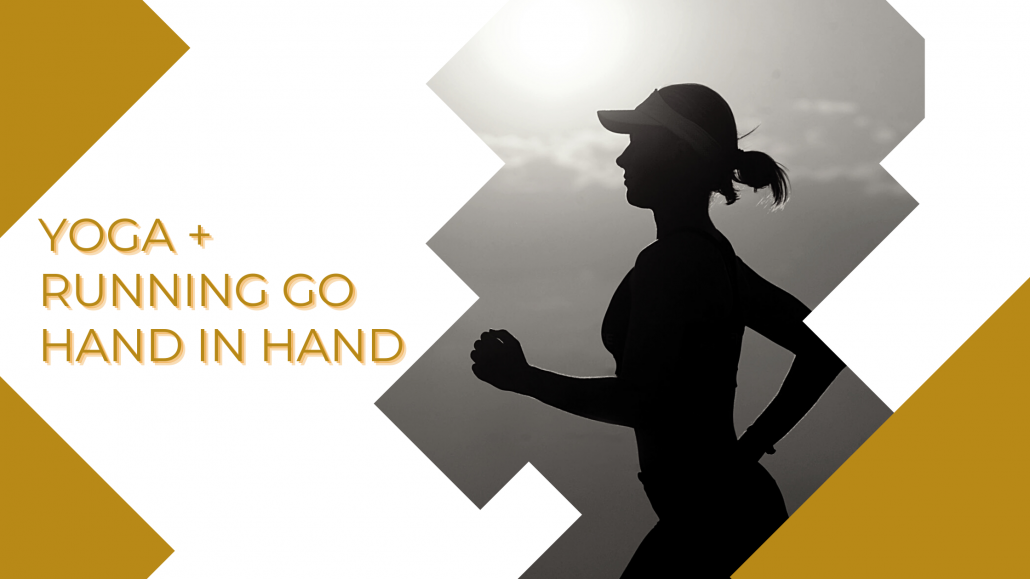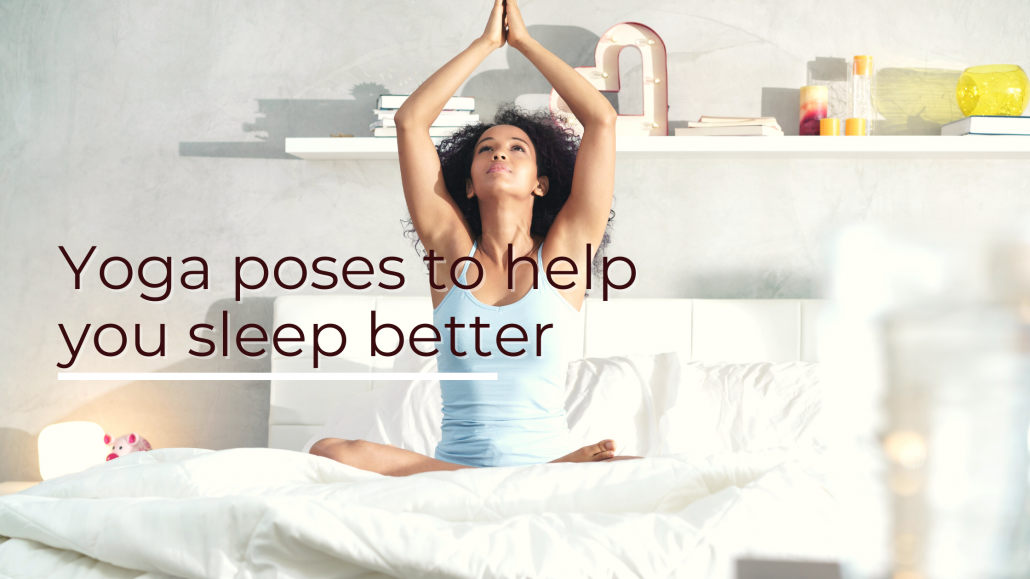All About Yoga Blocks
A lot of new yogis tend to shy away from using blocks, thinking the props will quickly betray them as a beginner, incapable of mastering all of the poses. They feel the whole point of yoga is to become flexible enough to do every pose without using a prop.
Don’t be ashamed if you’ve ever thought this yourself! The truth is, blocks are critical to everyone’s yoga practice, whether brand new or a yoga master. The trick is to let go of your ego-based “How does this make me look?” approach and shift toward the “How does this make my body feel?” mentality.
Why Use Yoga Blocks?
A yoga block is a brick-shaped item made of either cork, wood, or foam. You can achieve three different heights (4, 6, and 9 inches) depending on the way you flip your brick. Blocks (and other yoga props) help you enter postures safely with proper alignment, ensuring you are not only safe but also experience the benefits of the pose – even if your hamstrings are tight.
If you’re new to yoga, they help you train your body to bend, twist, and stretch. If you’re experiencing an injury, they help you modify your practice so you can continue to recover. And even if you’re perfectly healthy and have been practicing for years, there are days your body just needs a little help – and that’s okay!
1. They Bring the Ground to You– Try using blocks under your hands in forward folds to release the strain on your hamstrings as you stretch toward the ground. We’ll often encourage them in the trickier folds, like half moon and standing splits. But, if you’re a beginner, don’t be afraid to grab two to use during standing forward fold too.
2. They Build Strength– Stretching isn’t the only benefit of blocks! They can be used for strength-building exercises just as well. In the studio, we often ask students to put a block between their legs during ab exercises or wheel pose. It introduces an additional element of resistance, ensuring you’re getting the most out of your efforts.
3. They Allow You to Rest in Restorative Poses– Finally, blocks can be used to tone down the intensity of yoga poses. They support you so that you can still experience the positive effects without exerting as much effort. I love using a block for a restorative bridge pose at the beginning or end of class.
Time for to Level Up
The beauty of yoga is its acceptance of students of all levels of experience, flexibility, and strength. Using blocks and other props is not something to shy away from, and I truly hope you’ll all continue to embrace their ability to help you modify, strengthen, or rest – depending on your need each time you step on your mat. Join us for a yoga class to try it out!










